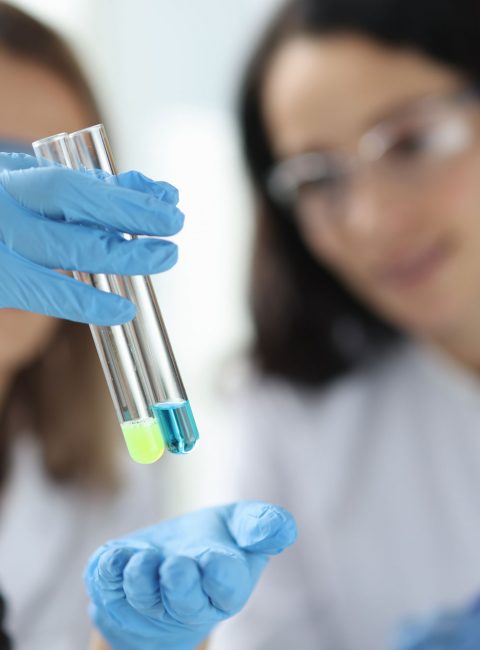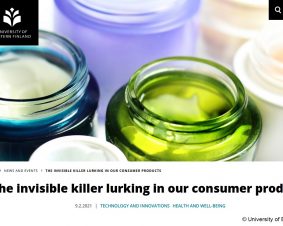 >
Spotlight September 2023: Fishing for raw materials with proteins
>
Spotlight September 2023: Fishing for raw materials with proteins
The so-called rare earth elements such as neodymium, dysprosium or cerium are elements that are of great importance for the energy transition; among others they serve as components of magnets in generators for electric power generation, act as luminescent materials in energy-saving lamps or as part of the car exhaust catalytic converter. The global production of rare earth elements is currently strongly dominated by China. Separating the rare earth elements from each other and purifying them is considered particularly difficult.
English oak buds contain bacteria from which proteins called lanmodulins can be extracted. In a publication by American researchers, these proteins were studied for the separation and purification of rare earth elements. This could help to recover these elements from electronic scrap and thus no longer such large quantities of rare earth elements need to be imported. Besides, the protein-based purification processes would be much more environmentally friendly than conventional ones and thus also of interest for primary producers. Today the procedure is not yet ready for practice: Although the researchers report good separation rates (>98%) and yields (>99%) in the separation of dysprosium and neodymium, however, the rare earth concentrations that have been used are very low. Hence, this would still have to be significantly improved before it could be used in a feasible technical application, and the synthesis of the separating proteins is also a complex step.
Original Publication:
Mattocks, J.A., Jung, J.J., Lin, CY. et al. Enhanced rare-earth separation with a metal-sensitive lanmodulin dimer. Nature 618, 87–93 (2023). https://doi.org/10.1038/s41586-023-05945-5

Weitere Spotlights
Spotlight April 2021: Nanomaterials and Fake News – a commentary based on an example
In February 2021, the article “The invisible killer lurking in our consumer products” appeared, describing nanoparticles as a greater danger than Corona [1]. “The use of nanomaterials” would be “unregulated” and “nanomaterials are so small that they cannot be determined once they are part of a product”. So what is the truth of these statements? […]
Read moreSpotlight February 2023: New sustainable and promising method to give cotton textiles an antiviral and antibacterial finish
Textiles have been the subject of research into functionalization for many years, especially also to repel bacteria and viruses. Since the development of nanotechnological processes, there have been many attempts to incorporate UV protection with nano-titanium dioxide, or to provide textiles with anti-bacterial properties with nanosilver (see cross-sectional text “Nanoparticles in Textiles”). But nanosilver has […]
Read moreSpotlight August 2023: From principles to reality. FAIR implementation in the nanosafety community
In the August 2023 Spotlight, we present a paper that addresses the implementation of FAIR (Findability, Accessibility, Interoperability and Reusability) Data in nanosafety research. The authors introduce the new AdvancedNano GO FAIR Implementation Network (see also https://www.go-fair.org/implementation-networks/overview/advancednano/) established as part of the GO FAIR initiative. The paper highlights the AdvancedNano GO FAIR Implementation Network’s support […]
Read moreSpotlight November 2022: Photonics in nature and bioinspired designs
Science has always taken nature as a model and imitated it. If you look at the field of photonics, i.e. the use of optical technologies for information processing, transmission or storage, the colorful examples in the animal and plant world are perfect basic drawers for technical applications. While colors in nature are used either for […]
Read more


